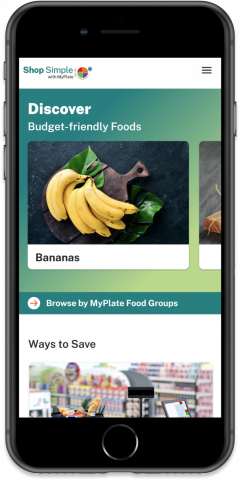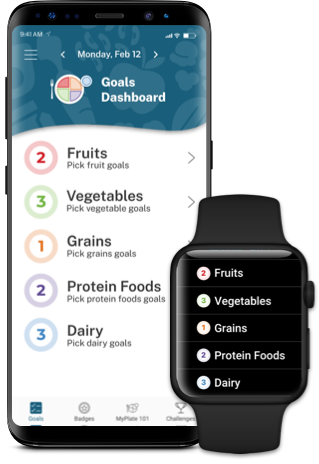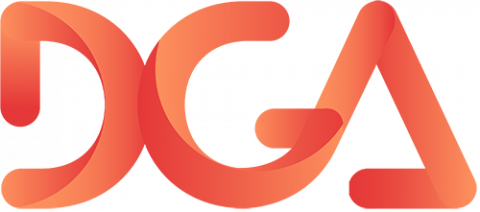Stories from the Field:
Hunger Task Force Uses MyPlate to Promote Healthy Eating in Milwaukee
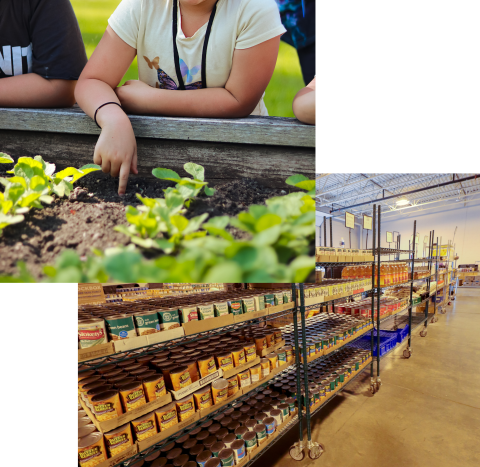
Hunger Task Force of Milwaukee, Wisconsin uses MyPlate and its resources to help families eat better. But it doesn’t stop there. Community Dietitian, Pasua Chang, recalls it started with child nutrition education lessons, then grew to a “Pack-a-bag” strategy document and “Train the Trainer” curriculum in the pantries.
The “Pack-a-bag” strategy provides guidance to pantry staff and volunteers on how much food from each of the five MyPlate food groups to give to individuals and families based on their household size and dietary needs. This guidance document provides a minimum of a three-day supply of food, with many families often receiving more than three-day’s worth.
The “Train the Trainer” curriculum teaches pantry staff and volunteers how to engage clients with MyPlate and what strategies they can use to create space to talk about MyPlate and educate their clients on making healthy food decisions. The food bank delivers healthy foods from the five main food groups to its network partners, which include local food pantries, homeless shelters, low-income senior sites, and meal sites.
Hunger Task Force ensures residents living at low incomes in Milwaukee get the resources they need to eat healthy, read food labels, and make healthy choices when food shopping on a budget.
At local food pantries, MyPlate posters are displayed to help guide shoppers to select the best items for them from all five food groups. To ensure more people know how to cook using the MyPlate model, members of the Hunger Task Force nutrition team shared eight cooking recipes on a local news station that reached more than 900,000 households.
During the school year, a “Train the Teacher” approach is utilized to expand Hunger Task Force’s Garden-to-Plate program to more than fifteen classrooms. In the Spring and Summer months, excited elementary schoolers plant seeds with local farmers for foods such as bitter melon, napa cabbage, and okra. In the harvest season, students return to the 208-acre farm where they can tend to and harvest the fruits and vegetables they planted.
Cooking with Culture, a summer nutrition education program created by Chang, teaches students how to prepare healthy, balanced meals that are reflective of a variety of cultures with the help of MyPlate, including fresh produce grown by students. Chang also incorporates MyPlate by teaching students why it is important to eat the rainbow and to choose whole grains, lean meats, and low-fat dairy. During the program, kids experimented with whole and refined grains. “I think I need to tell my mom we need to switch to whole grains!” one student said.
That, says Chang, is the reaction she hopes for – kids inspired to choose healthy options.
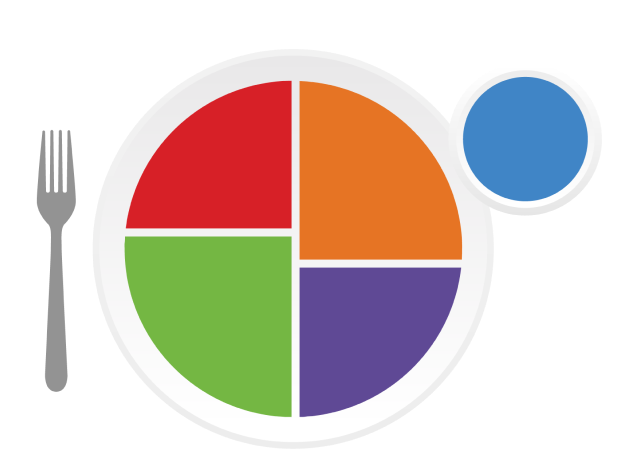
#MyPlateIs... a balanced food model for healthy eating.


